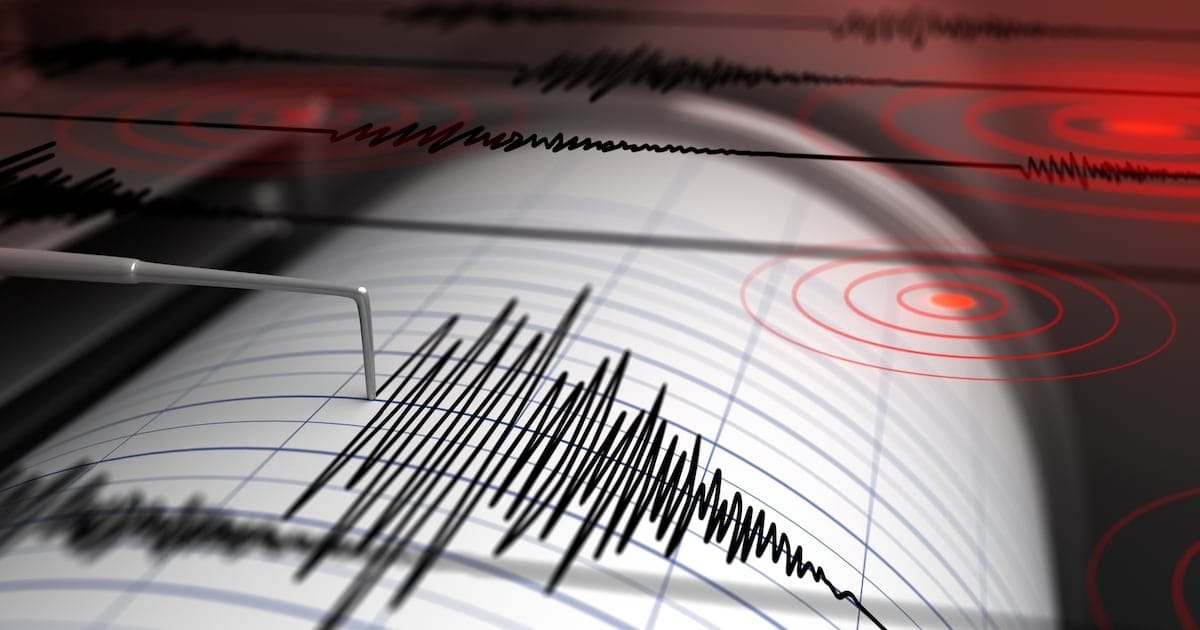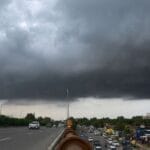In a startling reminder of Earth’s tectonic volatility, Russia’s Kamchatka Peninsula was shaken by a series of powerful earthquakes on July 20, 2025, the strongest registering at 7.4 magnitude. The seismic events, which occurred off the eastern coast of Kamchatka, not only rattled buildings but also sparked brief tsunami warnings, causing panic among local residents and triggering emergency response actions across the region.
The Kamchatka Peninsula, known for its volcanic activity and frequent seismic tremors, is part of the infamous Pacific Ring of Fire—a region where tectonic plates regularly shift, resulting in earthquakes and volcanic eruptions.
This blog delves into the details of the quakes, their causes, the tsunami risk, response measures, and the broader implications of this seismic event.
What Happened: Timeline of the Earthquake Series
In the early hours of July 20, 2025, seismic monitoring stations detected several significant tremors off the east coast of Kamchatka, Russia’s far eastern region. According to the United States Geological Survey (USGS) and Russia’s Geophysical Survey of the Russian Academy of Sciences, the events unfolded as follows:
- First Tremor: A moderate 5.8 magnitude quake occurred at approximately 2:10 AM local time.
- Strongest Quake: A massive 7.4 magnitude earthquake struck at around 2:36 AM, roughly 180 kilometers east-southeast of Petropavlovsk-Kamchatsky, the peninsula’s largest city.
- Aftershocks: At least six aftershocks followed, including a 6.5 magnitude quake and several tremors ranging from 4.8 to 5.9 magnitude.
The earthquakes originated at a depth of approximately 49 kilometers (30 miles) below the seabed, typical for subduction zone quakes.
Tsunami Warning Issued
Following the 7.4 magnitude quake, Russian authorities, in coordination with the Pacific Tsunami Warning Center (PTWC), issued a tsunami warning for coastal areas of Kamchatka. Initial forecasts suggested that waves as high as 0.5 to 1.0 meters could impact low-lying coastal zones.
The tsunami warning was later lifted after wave surges of less than 30 centimeters were observed, posing no significant threat to life or property.
Casualties and Damage Reports
As of the latest reports:
- No fatalities have been reported.
- Minor injuries were reported due to falling debris and broken glass in Petropavlovsk-Kamchatsky.
- Structural damage has been reported in several buildings, including:
- Cracks in apartment blocks
- Damaged roads and bridges in rural areas
- Power outages in certain districts
- Disrupted communication lines
Emergency crews continue to assess remote areas, raising concerns about delayed damage reports from isolated villages.
Why Kamchatka? Understanding the Tectonic Activity
The Kamchatka Peninsula is located at the convergence of the Pacific Plate and the Okhotsk Plate. The Pacific Plate is slowly subducting beneath the Okhotsk Plate, a tectonic interaction that generates immense geological stress over time.
Kamchatka is also home to over 300 volcanoes, 29 of which are active, further emphasizing its seismic vulnerability. Historically, this region has witnessed several massive quakes, including an 8.3 magnitude event in 1952 that caused destructive tsunamis.
Preparedness and Government Response
Russia’s Ministry of Emergency Situations (EMERCOM) activated regional response teams shortly after the main tremor. Their actions included:
- Conducting building inspections in Petropavlovsk-Kamchatsky and surrounding districts.
- Setting up temporary shelters for displaced residents.
- Ensuring emergency medical services are available in hospitals.
- Disseminating information via SMS alerts and radio broadcasts.
- Coordinating with seismic monitoring agencies for aftershock predictions.
Additionally, local authorities ordered the closure of schools, government offices, and some businesses for at least 24 hours to allow for structural safety inspections.
Tsunami Risk Assessment
Although the tsunami risk subsided quickly, experts stress the importance of vigilance. Even small wave surges can pose risks near coastlines, and subsequent aftershocks could potentially trigger landslides or underwater shifts capable of generating localized tsunamis.
Residents of Kamchatka, accustomed to living in an earthquake-prone zone, were reminded to maintain emergency kits and follow evacuation protocols.
International Reactions and Monitoring
The seismic activity off Kamchatka drew international attention due to the potential risk of Pacific-wide tsunamis. Monitoring centers in Japan, Alaska, and Hawaii kept a close watch on wave data, but no alerts were issued for areas beyond Russia’s eastern coastline.
The United Nations Office for Disaster Risk Reduction (UNDRR) expressed support for Russia’s emergency services and reiterated the need for global preparedness strategies for Pacific Ring of Fire nations.
Comparisons to Previous Earthquakes in Kamchatka
Kamchatka’s seismic history includes significant events:
- 1952 Kamchatka Earthquake: Magnitude 8.3, caused a devastating tsunami affecting Hawaii and the Philippines.
- 2006 Earthquake: Magnitude 7.6, resulting in structural damage but no tsunami.
- 2013 Event: Magnitude 8.3, one of the strongest globally that year but with limited impact due to depth and location.
The July 2025 quake, while powerful, ranks as one of the most significant in recent years but did not match the devastating impact of the 1952 disaster.
Is This Part of a Larger Pattern?
Seismologists note that while the Pacific Ring of Fire regularly experiences seismic clusters, the current activity off Kamchatka does not necessarily indicate a broader regional threat. However, they caution that aftershocks and secondary seismic events could persist for weeks.
Safety Tips for Earthquake-Prone Regions
Experts advise residents in earthquake-prone zones like Kamchatka to follow these guidelines:
- Have an emergency kit with food, water, and medical supplies.
- Know evacuation routes and safe zones.
- Secure heavy furniture to prevent injuries during tremors.
- Stay informed through official alerts.
- Participate in drills to remain prepared for rapid evacuation if necessary.
Conclusion: A Timely Reminder of Earth’s Unpredictability
The series of earthquakes in Russia’s Kamchatka Peninsula serves as yet another reminder of the Earth’s geological unpredictability. While the region avoided a major disaster this time, the need for continued vigilance and disaster preparedness cannot be overstated.
As authorities continue damage assessments and relief efforts, Kamchatka’s residents are once again reminded of the delicate balance between natural beauty and geological volatility in their rugged homeland.
Frequently Asked Questions (FAQs)
Q1. Where exactly did the 7.4 magnitude earthquake strike?
The main quake struck about 180 km east-southeast of Petropavlovsk-Kamchatsky, Kamchatka, Russia.
Q2. Was there a tsunami after the quake?
A tsunami warning was issued but later lifted. Minor wave activity of less than 30 cm was recorded.
Q3. Were there any casualties?
No fatalities have been reported so far. Minor injuries and structural damage were noted.
Q4. Why is Kamchatka prone to earthquakes?
It lies on the Pacific Ring of Fire where tectonic plates converge, making it highly seismically active.
Q5. Could aftershocks occur?
Yes, aftershocks are expected to continue over the coming days and weeks.
United States Geological Survey (USGS) – Latest Earthquake Reports










